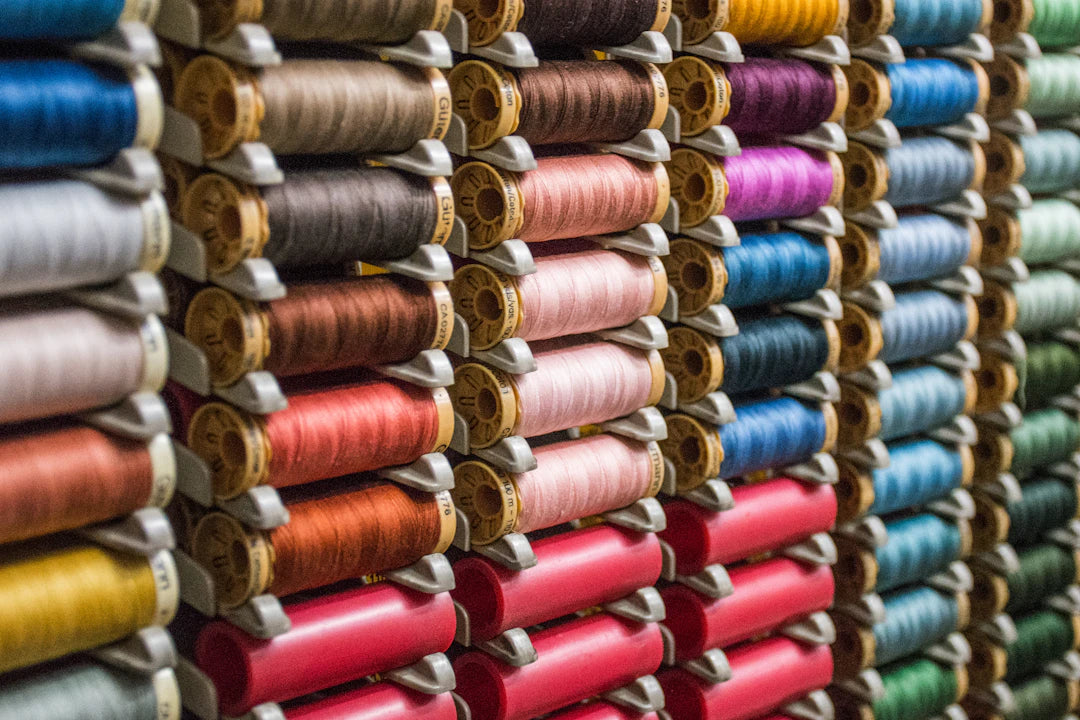Fashion design is an evolving art form, constantly adapting to trends, consumer preferences, and technological advancements. With the rise of digital tools such as Procreate, designers have a newfound canvas to showcase their creativity. One integral aspect of this innovative approach to fashion is the importance of embracing feedback and iteration in the design process. This article explores how interacting with feedback and refining designs can elevate your fashion creations, particularly through Procreate fashion templates. Let's dive into the world of fashion design on Procreate and uncover the power of collaboration.
The Importance of Feedback in Fashion Design
In the fashion industry, constructive feedback can make or break a design. It offers fresh perspectives, challenges assumptions, and leads to refined outcomes. Feedback isn’t merely about critique; it’s a conversation that influences the creative path. Here are some reasons why engaging with feedback is crucial:
1. Diverse Perspectives
When you invite feedback into your design process, you open the door to diverse perspectives. Colleagues, mentors, and even friends can provide insights that you might not have considered. This exchange fosters a more comprehensive understanding of how your designs are perceived by varied audiences.
2. Identifying Strengths and Weaknesses
Feedback helps identify both the strengths and weaknesses of your designs. While some elements may shine, others could benefit from enhancement or complete reworking. This critical assessment can guide you in emphasizing what works and rethinking what doesn’t.
3. Evolving Your Aesthetic
The fashion industry is dynamic, and so is your design aesthetic. Consistent feedback and iteration allow you to adapt your style to current trends while retaining your unique voice. This adaptability ensures that your work remains relevant and engaging to your audience.
Iterating Your Designs with Procreate
With its user-friendly interface and versatile features, Procreate is an excellent tool for fashion designers seeking to integrate feedback effectively. Using Procreate fashion templates can significantly streamline your iteration process. Here’s how to maximize your design iterations on Procreate:
1. Utilize Layering
One of Procreate's standout features is its layering capability. Designers can separate different elements of their designs into distinct layers, making tweaks and modifications hassle-free. If feedback suggests adjusting a color or shifting a pattern, simply make the changes in the relevant layer without disturbing the entire work.
2. Experiment with Templates
Procreate fashion templates can serve as a fantastic foundation for testing variations. By starting with templates, you can streamline the design process and speed up iterations. Try out different colors, textures, or styles within these templates and gather feedback on what resonates with your audience.
3. Quick Revisions
The beauty of digital design lies in the ability to perform quick revisions. With Procreate, you can easily undo changes, apply new ideas, and revert to previous versions. This ease of experimentation encourages an iterative mindset and allows you to embrace feedback without fear of making irreversible mistakes.
The Role of Feedback Loops
Creating a feedback loop is essential for continuous improvement in fashion design. A feedback loop involves integrating feedback into your design process, assessing its impact, and inviting further commentary. Here’s how you can establish effective feedback loops:
1. Gather Feedback Early
Don’t wait until your design is finished to seek input. By sharing early concepts and prototypes, you can gather valuable insights that could potentially shape the final outcome. This proactive approach allows for adjustments while the design is still malleable.
2. Engage Your Community
Whether you’re a part of a fashion design community on social media or collaborating with fellow designers, leveraging your network can provide fruitful feedback. Workshops, online forums, or even live streams can be effective ways to engage your community in your design processes.
3. Iterate Based on Specific Feedback
When you receive feedback, focus on specific aspects rather than general remarks. If someone suggests changing the color palette, investigate how the change impacts the overall design. Adjusting specific elements based on targeted feedback can significantly improve your work.
Balancing Feedback and Authenticity
While embracing feedback is crucial, it's equally important to maintain your design identity. Here are strategies for balancing external input with your unique style:
1. Establish Your Vision
Before you share your designs, have a clear vision of what you want to achieve. Understanding your aesthetic and goals will help you filter feedback effectively, deciding which suggestions align with your brand and which may detract from your voice.
2. Stay True to Your Brand
Fashion is personal. While feedback can guide your design decisions, don’t compromise your brand’s integrity. It’s your individuality that makes your designs stand out. Find a harmony between accommodating feedback and staying authentic to your vision.
Navigating Critique and Celebrating Growth
Critique can sometimes feel daunting, but it's crucial for growth. Here’s how to navigate feedback constructively:
1. Welcome All Types of Feedback
Not all feedback will be pleasant, but all of it serves a purpose. Embrace both positive and negative critique as opportunities to learn. Acknowledge your strengths while understanding the areas where improvement is needed.
2. Document Your Iteration Process
Keeping a record of your design iterations can offer valuable insights over time. By reviewing past feedback and changes, you can identify patterns in your growth as a designer. This documentation can also showcase your evolution, appealing to potential clients and collaborators.
Putting Theory into Practice
To truly embrace feedback and iteration in your fashion design process, putting theory into practice is essential. Here’s a practical approach:
1. Prototype and Share
Start with a prototype based on your initial vision. Once completed, share it with a select group for feedback. This could be peers, potential clients, or industry professionals who can provide valuable perspectives.
2. Create Multiple Versions
Using your Procreate fashion templates, create multiple versions of your design incorporating diverse feedback. This experimentation allows you to explore various outcomes without committing to any single direction prematurely.
3. Review and Revise
After gathering feedback, take a moment to analyze the insights. Decide which changes resonate with your design vision and begin revising. Remember to document this stage of the process as a reference for future projects.
Building a Culture of Feedback
Creating a culture that values feedback can lead to collective growth among fashion designers. Here’s how you can foster this culture:
1. Encourage Open Dialogues
Promote an environment where everyone feels comfortable sharing their thoughts. Workshops, brainstorming sessions, or collaborative projects can facilitate a healthy exchange of ideas and feedback among designers.
2. Celebrate Good Feedback
Whenever feedback leads to significant improvements or innovative designs, celebrate those accomplishments. Recognizing this positive impact reinforces the importance of constructive critique, motivating designers to continue seeking input.
3. Mentor and Be Mentored
Mentorship plays a critical role in fostering a feedback culture. Seek mentors who can provide guidance and share your insights with less experienced designers. This symbiotic relationship enhances learning for both parties and contributes to a thriving design community.
Fashioning the Future with Feedback
As fashion continues to change, embracing feedback and iteration plays a pivotal role in shaping the future of design. By integrating feedback into your creative process, utilizing the capabilities of Procreate, and maintaining your authentic voice, you can elevate your designs to new heights.
So, whether you are a seasoned designer or just starting your journey, remember that each piece you create is an opportunity for growth. With every brushstroke on your Procreate canvas, you have the chance to redefine your path and inspire others in the ever-evolving world of fashion.
Explore the world of another Shopify or Wix store owner. Visit their captivating online store. Keep in mind that this is a promotional link, and we are not responsible for the content of the linked store.





Leave a comment
This site is protected by hCaptcha and the hCaptcha Privacy Policy and Terms of Service apply.